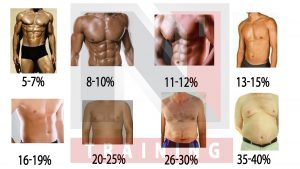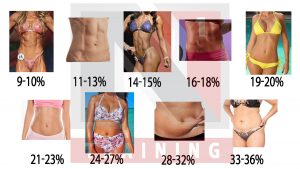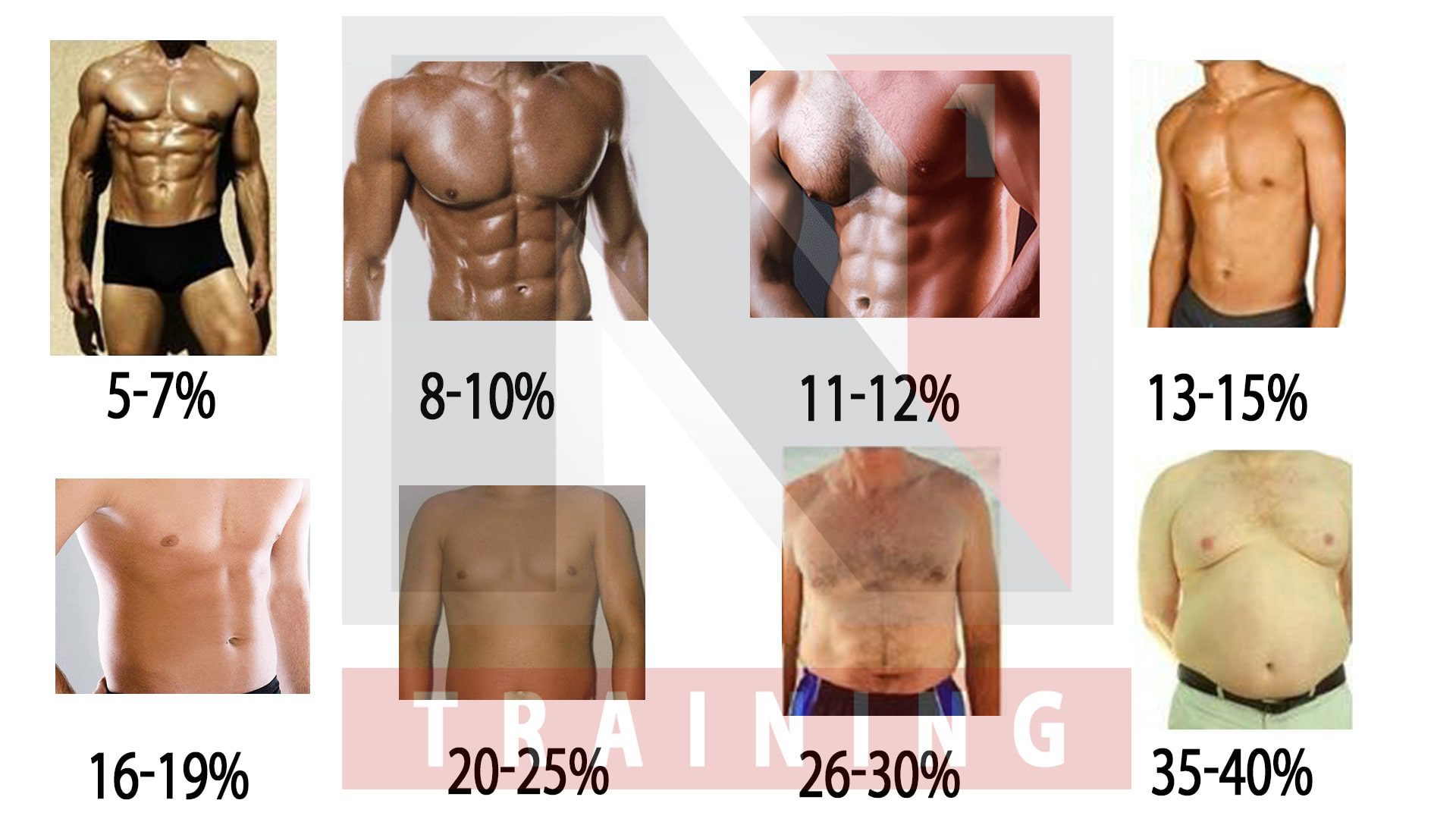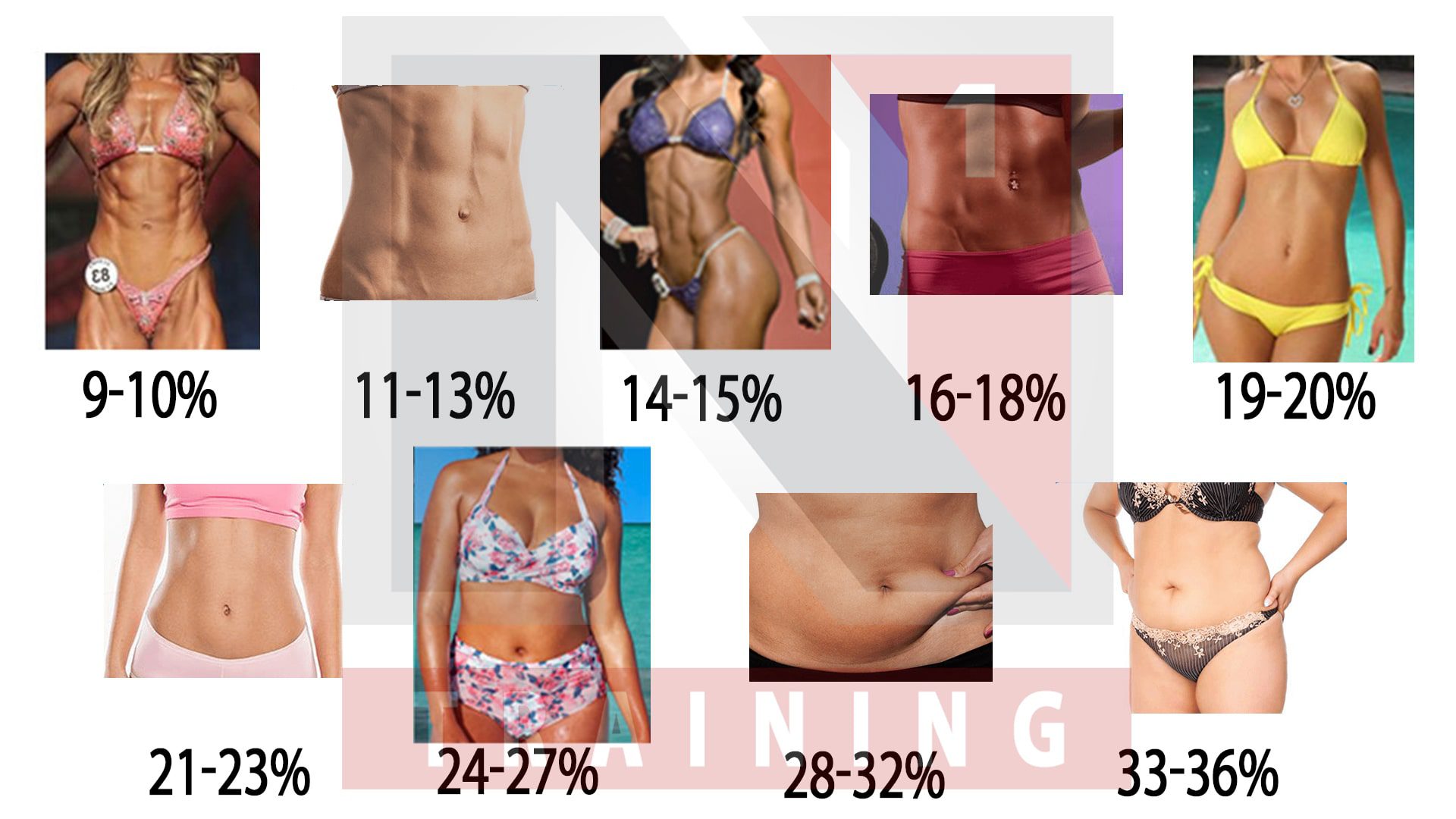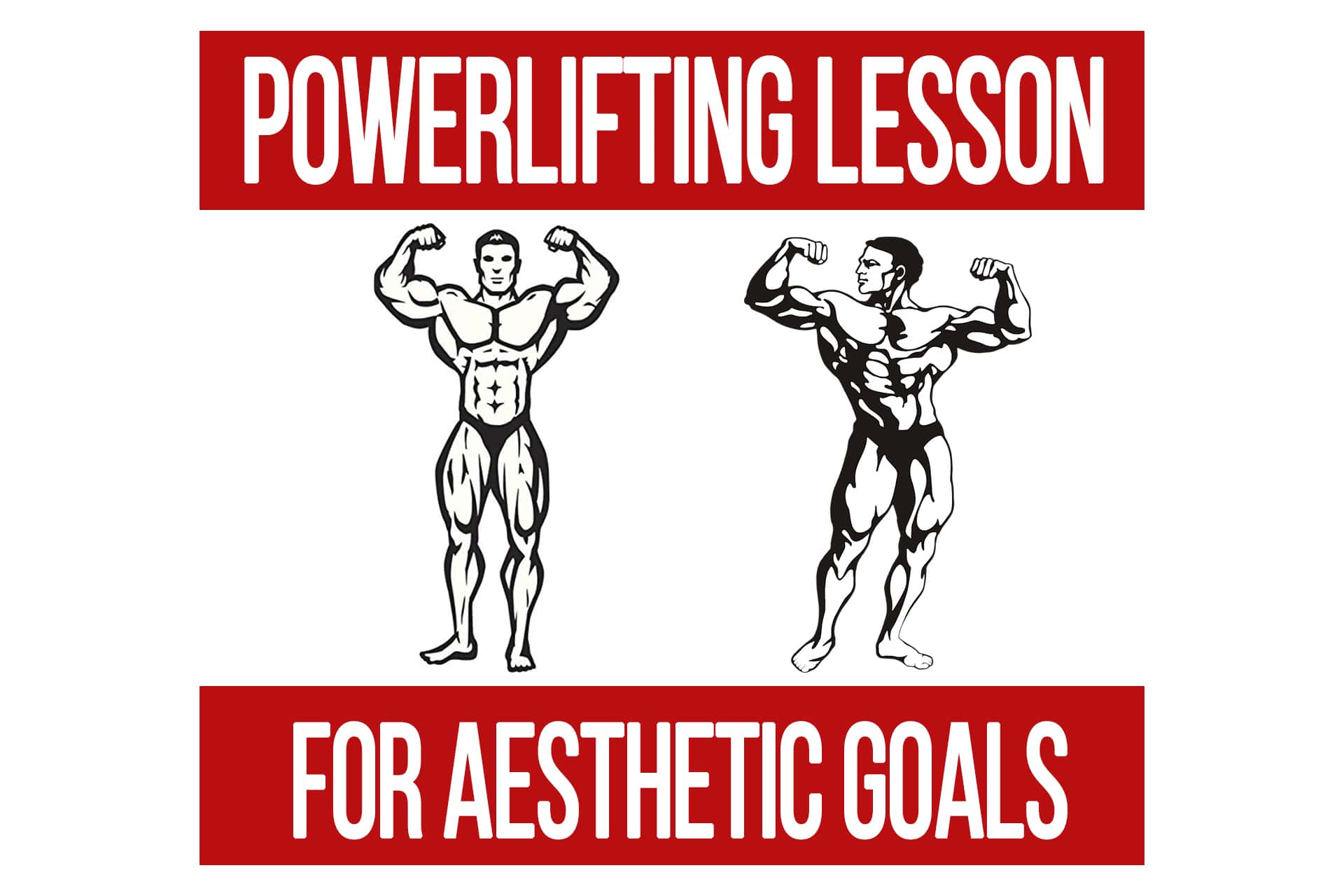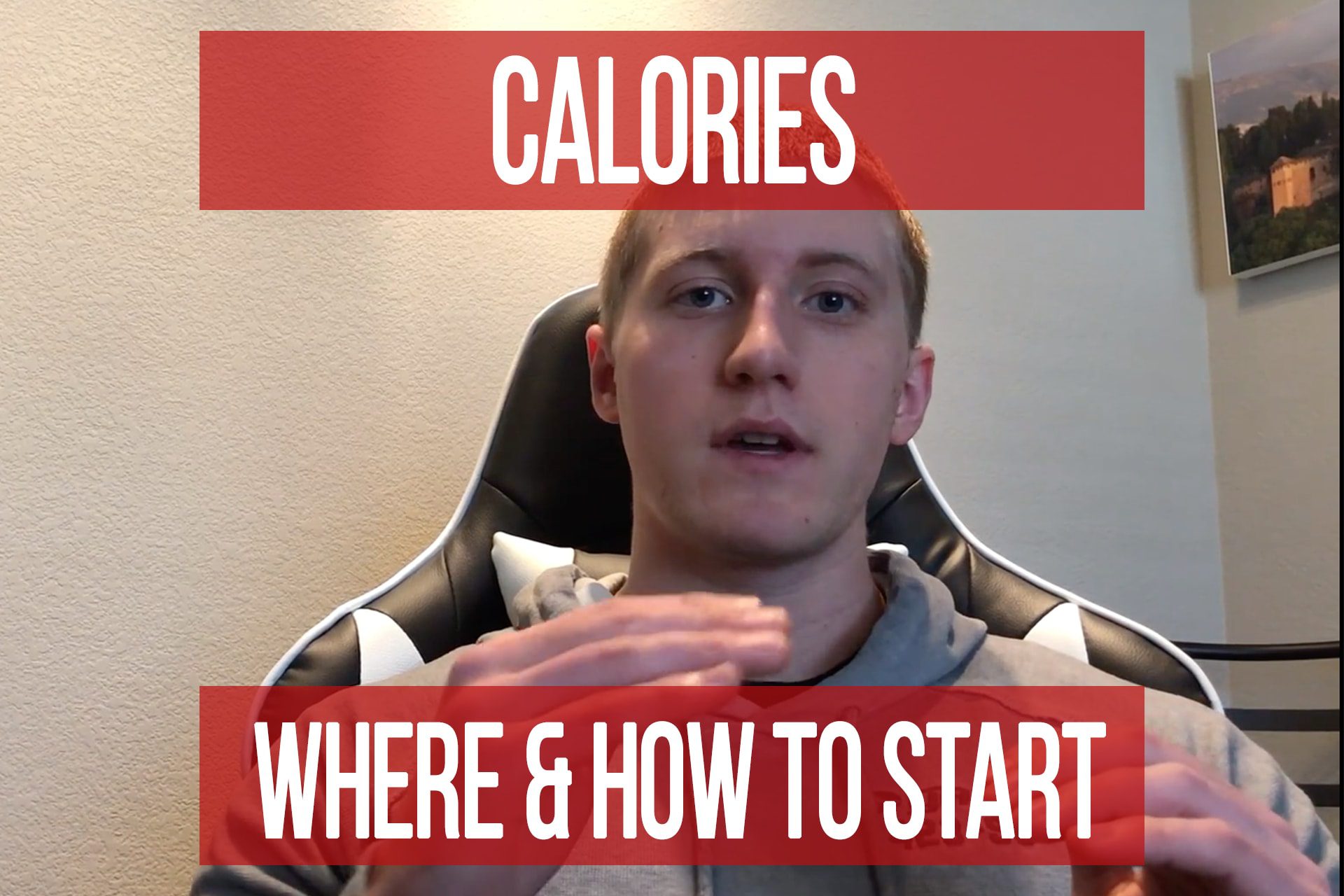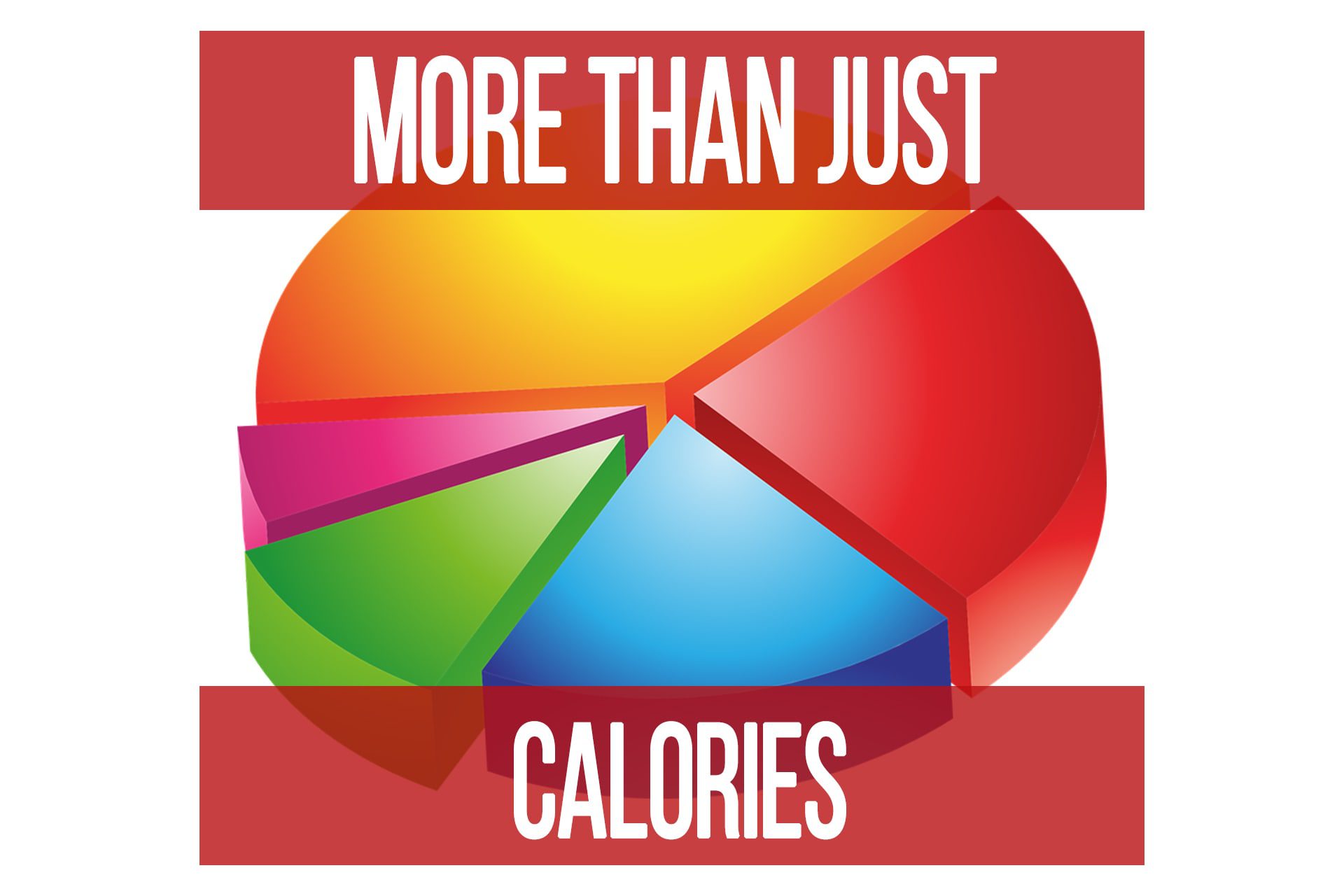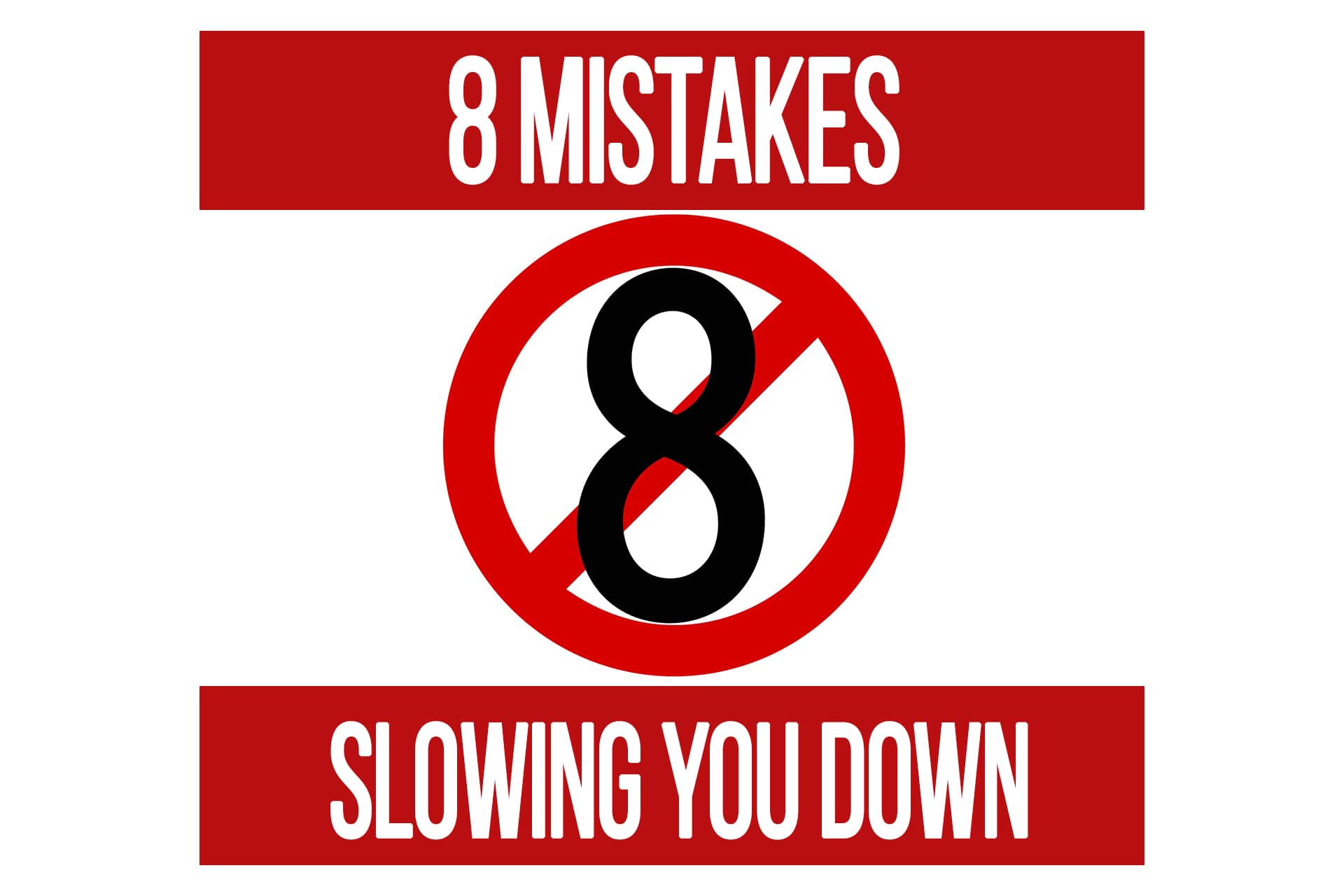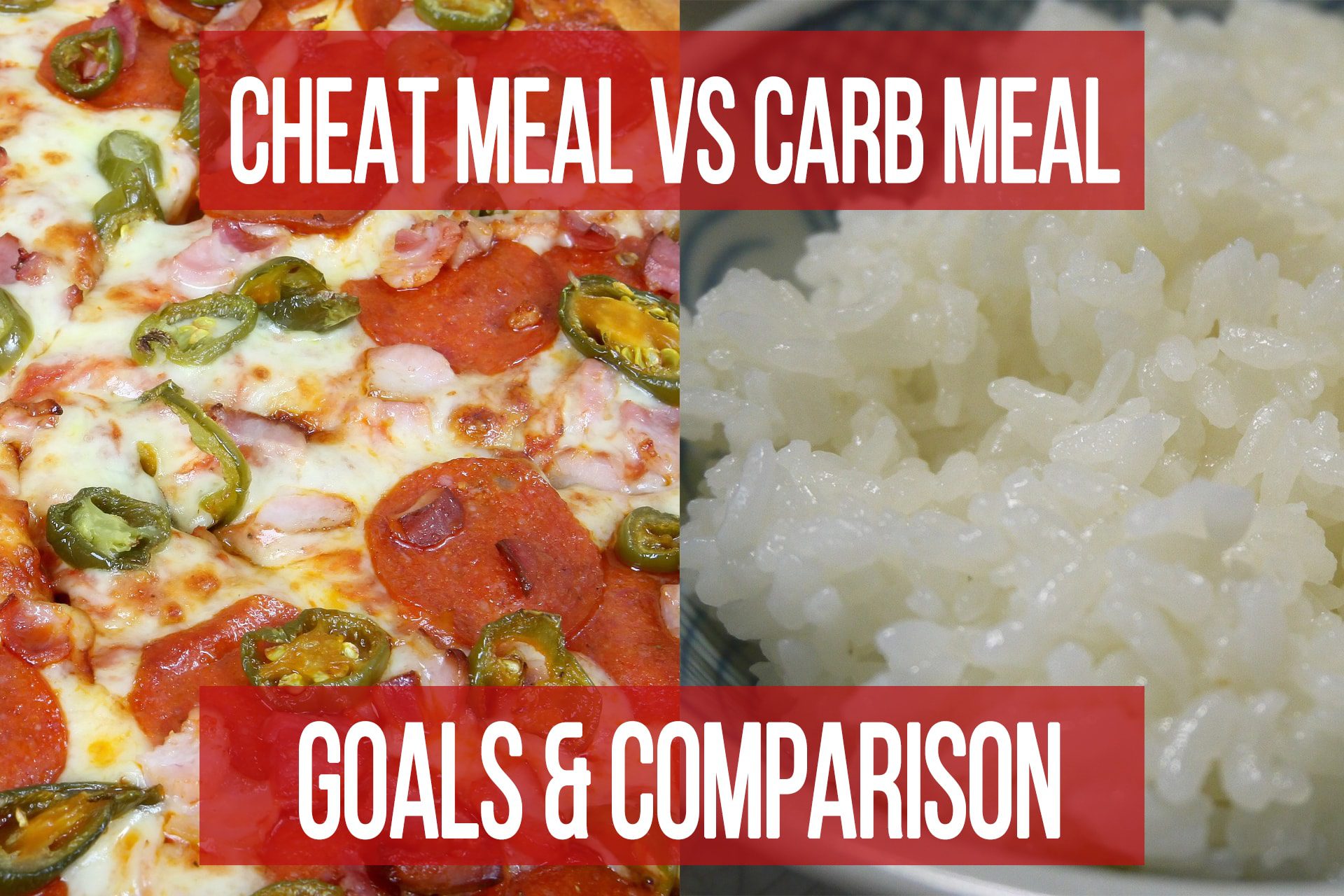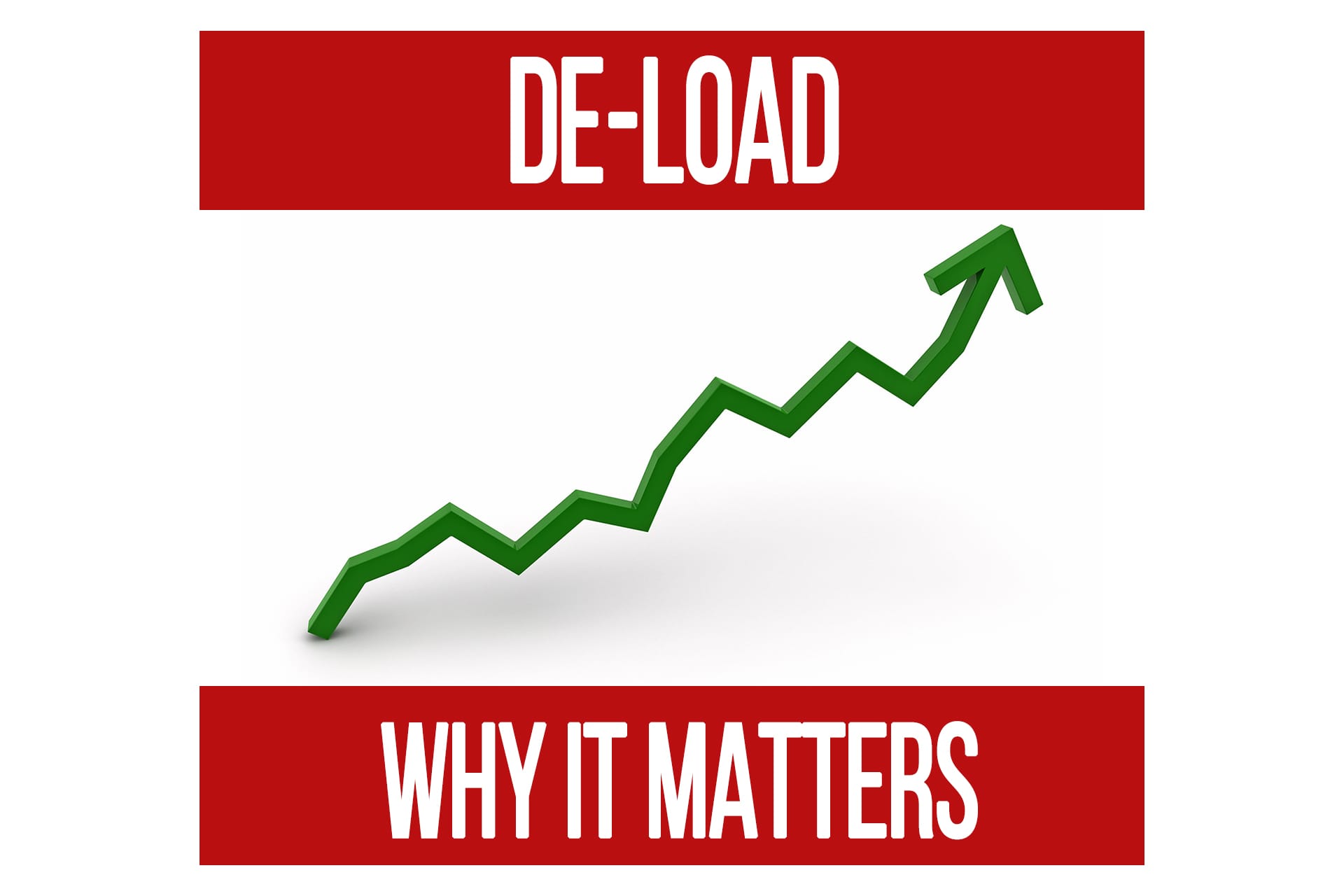Self Assessing Body Composition
n1 training
Self assessing body composition is never going to be extremely accurate. Even some of the most advanced pieces of technology, like a DEXA scanner, can have a few percent margin of error. That being said, there is really no point to knowing down to the gram, how much body fat you have or precisely what percent body fat you are. You might be thinking “but don’t I need to know that to calculate my macros?”. Well, yes and no. I’ll explain why.
There is variability from person to person when it comes to nutritional needs (even with the same training stimulus, body weight, body fat percent, and goal) and no calculator will nail it 100% of the time. What we really need is a good starting point and the guidance to adjust appropriately based on our progress.
Even as coaches, the first nutrition plan for any client is really just a “best guess” based on the information we gather through the intake forms and our experience. After that is when the real skill comes in to play. Adjusting to fit the individual based on how they respond.
You don’t win any prizes for hitting a specific body fat percent. All you really care about is how you look, right? No one cares if you’re 9.372% body fat or 10% or 11%. As long as you can see your abs and maybe some veins nobody is going to be like “you could really stand to lose another .4% body fat bro”.
The goal of this article is to give you some general tips to get you in the ballpark so that when you start using the nutrition calculators for the N1 Training Programs the calories and macros are at least pretty close to where you should be. As long as you’re not putting in 10% when you’re really 16-18% you should be ok. If we can get you to estimate relatively close to your actual body fat and give you some tools on how and when to adjust, you’ll be right on track. Even if you’re off to begin with, if you follow the guidelines for adjusting as you go, you’ll get to where you need to be it will just take slightly longer.
What we are really trying to figure out in order to more accurately calculate your macronutrient needs is how much lean body mass you have. Don’t worry though, you don’t have to do any math. The nutrition calculators take care of all of that for you.
So let’s get started.
Estimating Your Own Body Fat Percent
The best piece of advice when estimating your own body fat comes from Han Solo; “don’t get cocky, kid”.
A majority of people significantly overestimate their own leanness. It’s not uncommon for people to think they’re 5-6% leaner than they really are. If you’re unsure, err on the side of caution and add 2% to what you think. It is easier to add some macros because you’re either not gaining muscle fast enough or recovery is not where it should be, rather than to realize you’re getting “fluffier” or think your fat loss is stalled because you’re simply just overeating.
When visually estimating body fat, you also have to consider how much muscle you already have. The guideline you may have seen for guys that “you’re about 12% when you can faintly see your abs and 10% is when your abs are well defined” may be true for some people, but not all. It depends if your abs are hypertrophied or not. For example, I can see my abs pretty well (upper 4-pack) to about 16% body fat. For other guys they would have a uni-ab at 16%. The same concept is true for females. Some have a lot of muscle on their legs and glutes while others just have fortunately placed fat.
The images below will give you a general estimate to compare yourself against.
The ranges get larger as the body fat percentage increases because it simply becomes more difficult to accurately estimate at that point. It’s challenging to estimate how much of that mass is muscle covered with fat versus just more fat, or visceral fat.
Visceral Fat
Keep in mind is that fat is not “only skin deep”. Sure, subcutaneous fat is the most easily visible and the type most people focus on, but visceral fat needs to be accounted for too when assessing body composition. I once had an online client who thought he was 11% body fat because he had someone test him with calipers, when in reality he was closer to 15-16%. Granted, you could see the outline of his abs and he had some veins, but he had quite a bit of visceral fat that distended his abdomen (no it wasn’t from drug use, he was natural). With a shirt on, you’d think he was a little overweight with the exception that his arms and delts were in great shape.
This mainly applies to guys; if your abs look ok but your waistline is larger than your chest measurement, there is a good chance you have some visceral fat that will contribute to your composition estimate.
Body Fat Distribution
Body composition estimation is not just about the abs though. It is also necessary to take your legs and back in to consideration. Abs can be a good relative indicator, which is why most “charts” you see to estimate body fat focus on the midsection (including the ones above), but some people may carry a higher proportion of their body fat in other areas. In this case, you can still use the visual aids above but if you hold more fat in other areas, consider estimating a few percent higher. Again, this is all relative tips to get you closer to a number that more accurately reflects your composition.
Don’t stress over getting your estimate perfect. It’s just a starting point and this is all relative. The important thing is that you’re adjusting appropriately throughout your training based on how your body composition is changing or how your performance and recovery are.
Introduction
Self assessing body composition is never going to be extremely accurate. Even some of the most advanced pieces of technology, like a DEXA scanner, can have a few percent margin of error. That being said, there is really no point to knowing down to the gram, how much body fat you have or precisely what percent body fat you are. You might be thinking “but don’t I need to know that to calculate my macros?”. Well, yes and no. I’ll explain why.
There is variability from person to person when it comes to nutritional needs (even with the same training stimulus, body weight, body fat percent, and goal) and no calculator will nail it 100% of the time. What we really need is a good starting point and the guidance to adjust appropriately based on our progress.
Even as coaches, the first nutrition plan for any client is really just a “best guess” based on the information we gather through the intake forms and our experience. After that is when the real skill comes in to play. Adjusting to fit the individual based on how they respond.
You don’t win any prizes for hitting a specific body fat percent. All you really care about is how you look, right?
No one cares if you’re 9.372% body fat or 10% or 11%. As long as you can see your abs and maybe some veins nobody is going to be like “you could really stand to lose another .4% body fat bro”.
The goal of this article is to give you some general tips to get you in the ballpark so that when you start using the nutrition calculators for the N1 Training Programs the calories and macros are at least pretty close to where you should be. As long as you’re not putting in 10% when you’re really 15-16% you should be ok. If we can get you to estimate relatively close to your actual body fat and give you some tools on how and when to adjust, you’ll be right on track. Even if you’re off to begin with, if you follow the guidelines for adjusting as you go, you’ll get to where you need to be it will just take slightly longer.
What we are really trying to figure out in order to more accurately calculate your macronutrient needs is how much lean body mass you have. Don’t worry though, you don’t have to do any math. The nutrition calculators take care of all of that for you.
So let’s get started.
Estimating Your Own Body Fat Percent
The best piece of advice when estimating your own body composition comes from Han Solo; “don’t get cocky, kid”.
A majority of people significantly overestimate their own leanness. It’s not uncommon for people to think they’re 5-6% leaner than they really are. If you’re unsure, err on the side of caution and add 2% to what you think. It is easier to add some macros because you’re either not gaining muscle fast enough or recovery is not where it should be, rather than to realize you’re getting “fluffier” or think your fat loss is stalled because you’re simply just overeating.
When visually estimating body fat, you also have to consider how much muscle you already have. The guideline you may have seen for guys that “you’re about 12% when you can faintly see your abs and 10% is when your abs are well defined” may be true for some people, but not all. It depends if your abs are hypertrophied or not. For example, I can see my abs pretty well (upper 4-pack) to about 16% body fat. For other guys they would have a uni-ab at 16%. The same concept is true for females. Some have a lot of muscle on their legs and glutes while others just have fortunately placed fat.
The images below will give you a general estimate to compare yourself against.
The ranges get larger as the body fat percentage increases because it simply becomes more difficult to accurately estimate at that point. It’s challenging to estimate how much of that mass is muscle covered with fat versus just more fat, or visceral fat.
Visceral Fat
Keep in mind is that fat is not “only skin deep”. Sure, subcutaneous fat is the most easily visible and the type most people focus on, but visceral fat needs to be accounted for too.
I once had an online client who thought he was 11% body fat because he had someone test him with calipers, when in reality he was closer to 15-16%. Granted, you could see the outline of his abs and he had some veins, but he had quite a bit of visceral fat that distended his abdomen (no it wasn’t from drug use, he was natural). With a shirt on, you’d think he was a little overweight with the exception that his chest, arms and delts were in great shape.
This mainly applies to guys; if your abs look decent but your waistline is larger than your chest measurement, there is a good chance you have some visceral fat that will contribute to your composition estimate. Visceral fat is also one of the greatest health risks. So focus on bringing that down as a top priority if you want to live long enough to build a great body and appreciate it.
Body Fat Distribution
Body fat estimation is not just about the abs though. It is also necessary to take your legs and back in to consideration. Abs can be a good relative indicator, which is why most “charts” you see to estimate body fat focus on the midsection (including the ones above), but some people may carry a higher proportion of their body fat in other areas. In this case, you can still use the visual aids above but if you hold more fat in other areas, consider estimating a few percent higher. Again, this is all relative tips to get you closer to a number that more accurately reflects your composition.
Don’t stress over getting your estimate perfect. It’s just a starting point to help you calculate your starting calories (and macronutrients if you’re using the calculator that comes with the N1 Training Programs).
The important thing is that you’re adjusting appropriately throughout your training based on how your body composition is changing or how your performance and recovery are.
Calories Matter But So Does Everything Else
videoBody Composition Foundation FREE Health and Longevity Nutrition Supplementation Training
Popular Pages
Learn & Train With Us
Add N1 Training to your Homescreen!

Please log in to access the menu.
